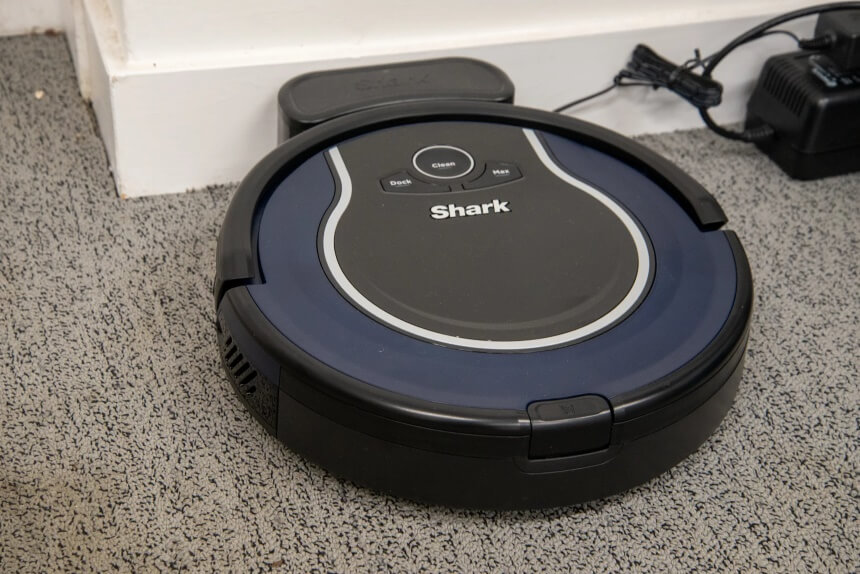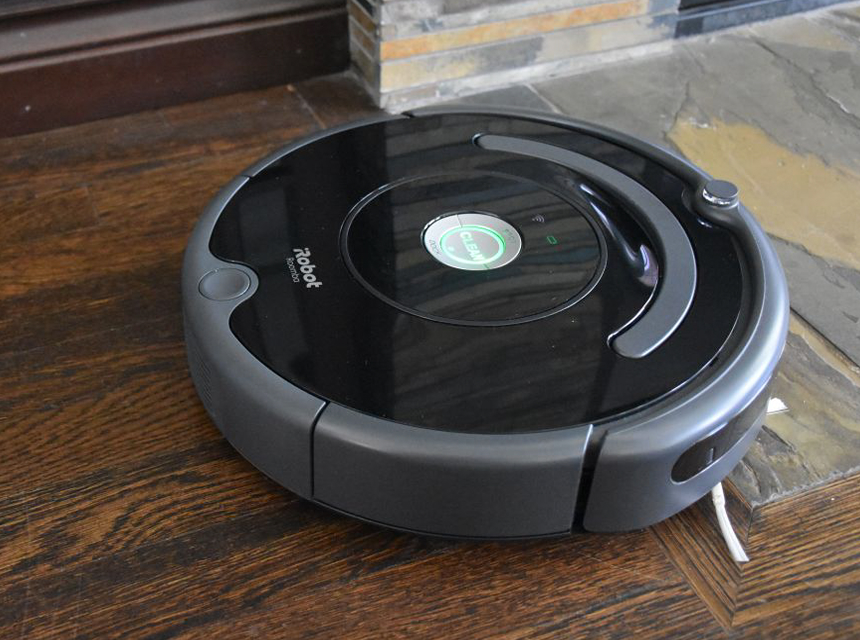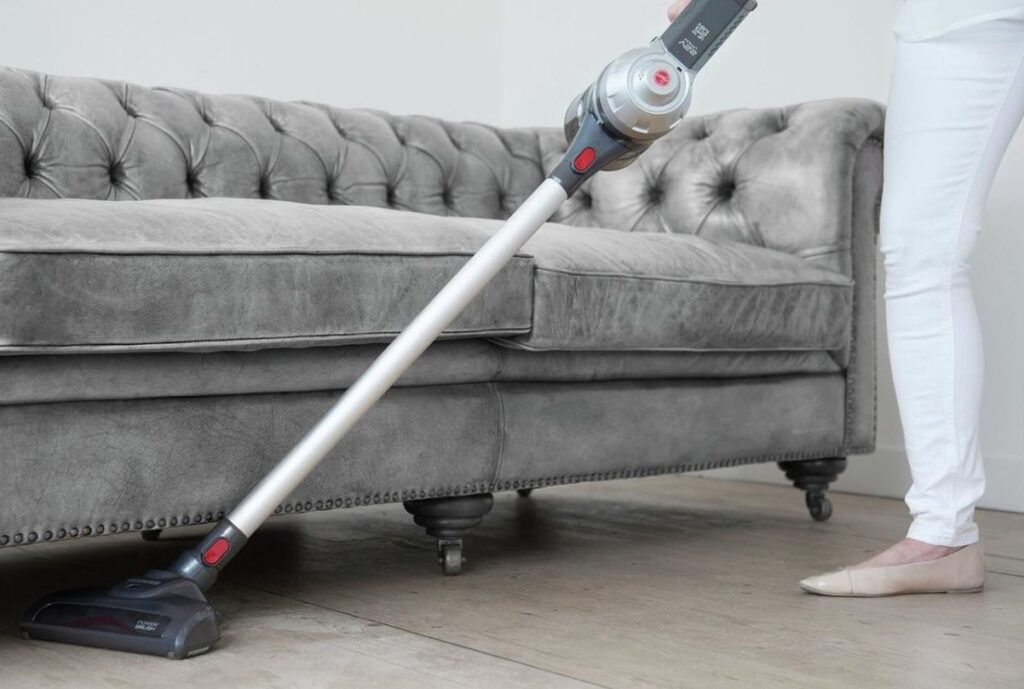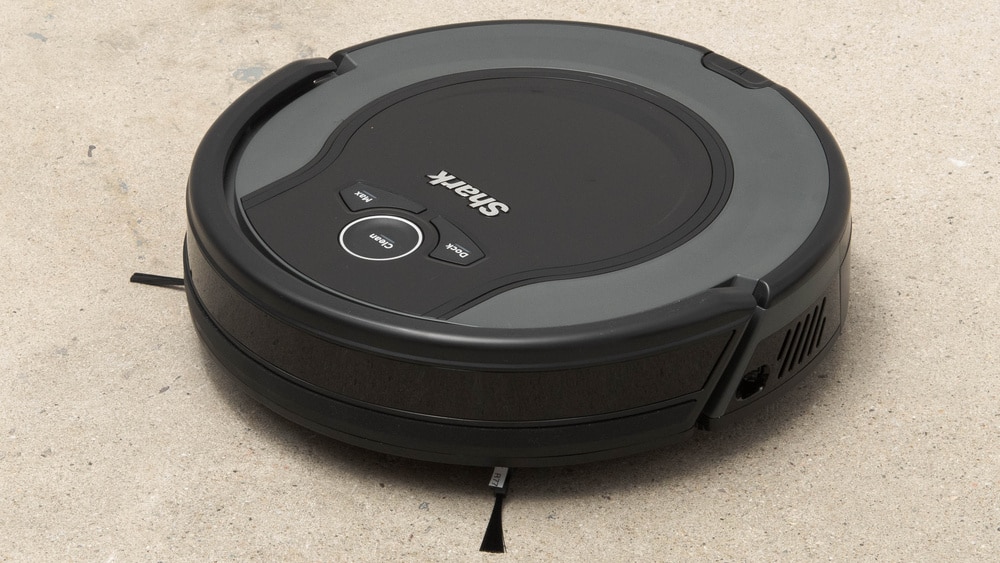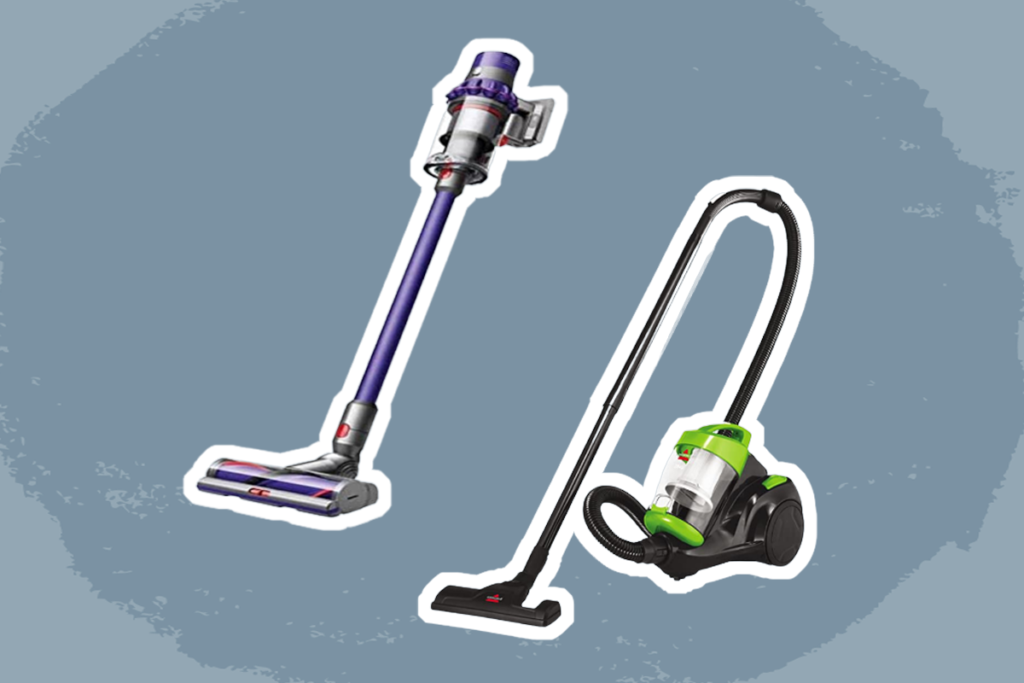Vacuum cleaners are devices that have revolutionized cleaning in everyday life. Vacuums are utilized daily in a wide variety of settings, including commercial and household uses. They employ the use of suction to forcefully remove debris, dust, and dirt from floors, which they collect inside the device for later disposal. Depending on the vacuum type and size, the amount of time you spend cleaning the floors and the frequency with which you empty the vacuum will vary. Finding the right vacuum is no trivial task. Some vacuums are designed to cover large areas with minimal effort, others are designed to suck up heavier particles or larger quantities, and still, others are designed to fit in small spaces and areas that are traditionally harder to clean. There are even some vacuums that require hardly any handling at all. With today’s wide range of prices, uses, and models, finding the right type of vacuum requires some knowledge of the many types available.
There are five primary types of vacuum. These each have different designs and work best in different locations. They each have a specific setting that they are built for. While some vacuums can combine features, an understanding of the basic vacuum types can help consumers purchase the model that will work best for them.

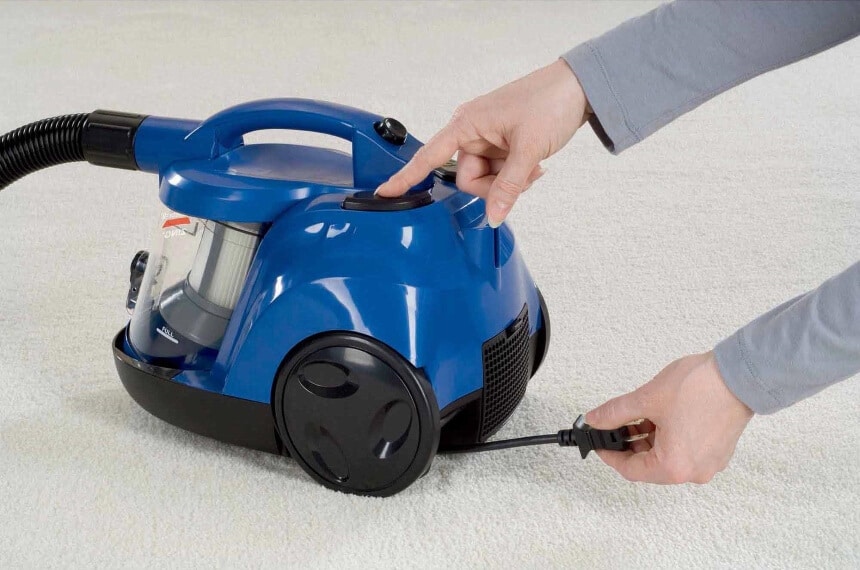
These models, however, are often more expensive than a stick or upright vacuums. They are excellent choices for household vacuums for those with slightly larger budgets and who need both power and cleaning in tight spaces.
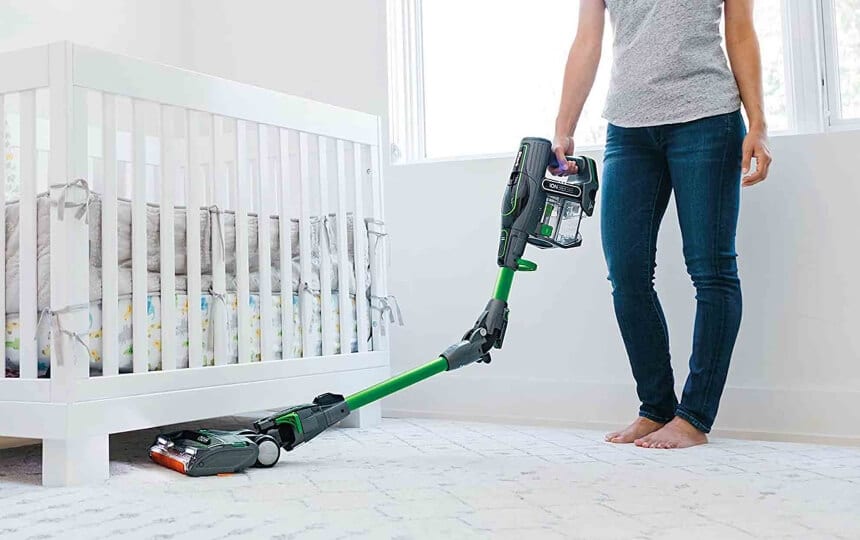
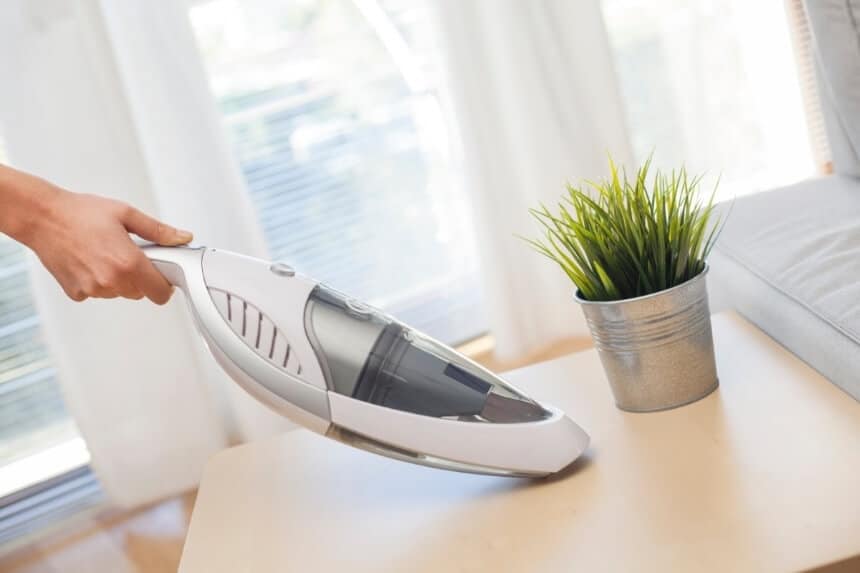

Robotic vacuums, while very convenient, can come at a steep price. But as technology continues to improve, the price tag for these autonomous cleaners goes down.
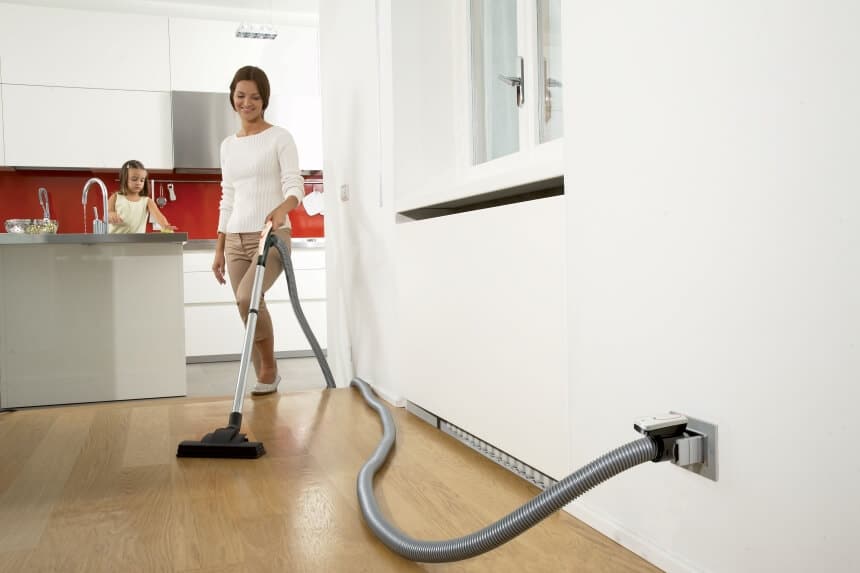
To choose the right vacuum, first identify the primary area the vacuum will be serving. Is it needed to clean mostly high pile rugs, hardwood floors, in between cushions, or under car seats? How much time do you want to spend vacuuming? How much are you willing to spend? The location that the vacuum is required for will tell you a lot about which type of vacuum to buy. For those cleaning a combination of wood and carpet, an upright vacuum may be the right choice. These models provide powerful suction on many different surfaces and are comfortable to use from a standing position. Because they are bulkier than other vacuum models, they might not be the best choice for homes with lots of tight spaces that need cleaning or where there is very limited storage space. For areas with lots of tight spaces, consider a stick vacuum or handheld. With their long slender form, stick vacuums can reach those hard-to-reach places. Handheld vacuums are also useful for reaching tight corners and in between cushions. Some particularly well-rated models can even convert between stick and handheld models, giving the benefits of both models in one. For households with a larger budget, consider canister or even robotic models.
Canister vacuums have the advantage of both power and slender form. This means that they can easily pick up debris that stick models might struggle with while still getting at those tight spaces that are more difficult to reach using an upright vacuum.
Vacuums are a popular and highly effective way of removing dust and debris from home. They provide better results and require substantially less effort than traditional sweeping or mopping. In addition, they are near essential in keeping rugs and tight spaces clean and free from dust. They can come in a variety of models, each with its advantages and disadvantages. Some vacuums work best on vinyl floors. While others work well on a range of surfaces, so making the decision on which vacuum to buy may be based not only on efficacy but also ease of use, price, storage space, and style. As vacuum technology improves each year, accessibility and prices improve. Whichever type of vacuum you choose, make sure to do your research beforehand to find the best-rated and most appropriate one for your home.
